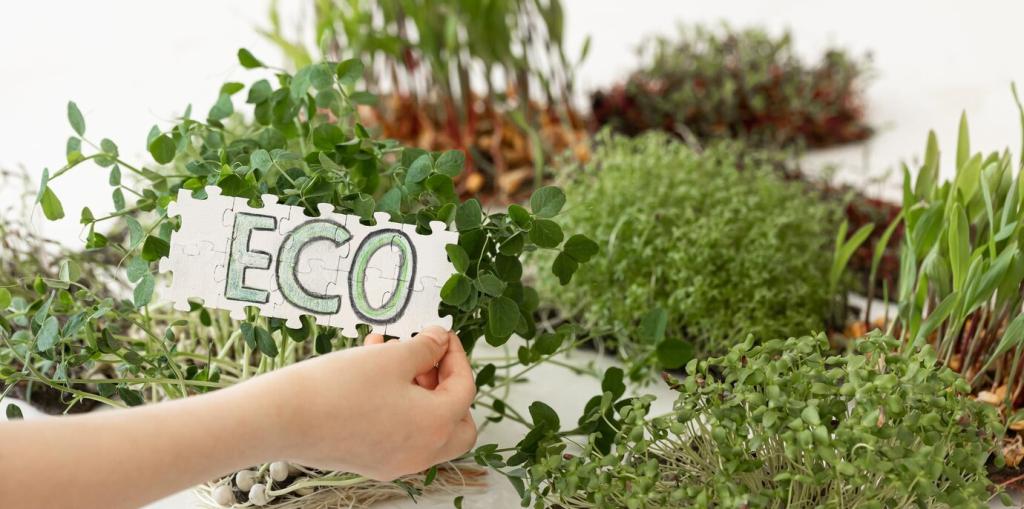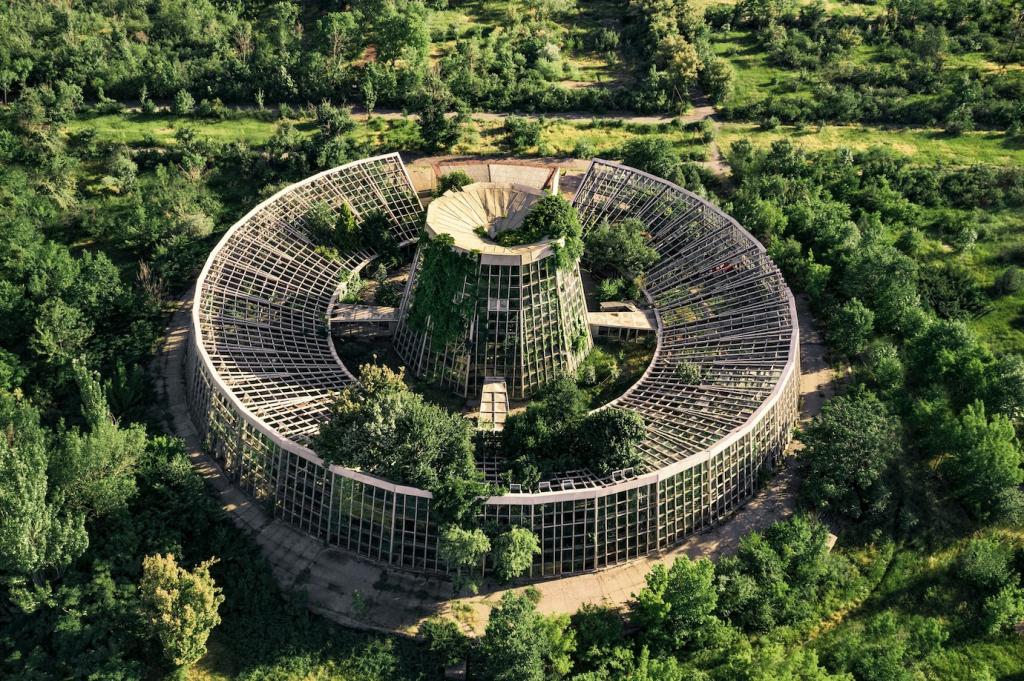Sustainable interior design is rapidly evolving, responding to pressing environmental concerns and shifting societal values. Today, designers and homeowners alike seek stylish, functional spaces that tread lightly on the planet. These emerging trends demonstrate innovation, creativity, and dedication to responsible consumption, from thoughtfully sourced materials to energy-efficient solutions. Sustainable interiors are no longer a niche choice but a mainstream movement shaping the future of our built environment.
Previous slide
Next slide
Biophilic Design for Wellbeing
Maximizing Natural Light
One of the hallmarks of biophilic interiors is the strategic use of natural light. Designers are embracing floor-to-ceiling windows, skylights, and glass partitions to flood spaces with daylight, reducing reliance on artificial lighting. Not only does this save energy, but it also supports circadian rhythms and boosts mood. This approach aligns aesthetics with sustainability and enhances the overall ambiance of any room.
Indoor Greenery and Living Walls
Incorporating plants into interior spaces delivers multifaceted benefits. Living walls, vertical gardens, and potted plants purify the air, offer acoustic insulation, and introduce a calming visual motif. The trend extends beyond simple decoration, weaving biophilic principles into the very fabric of sustainable design. These verdant features create restorative environments that inspire and rejuvenate occupants.
Use of Natural Patterns and Textures
Designers increasingly mimic the textures, colors, and forms found in nature within interior settings. Wood grain, stone, water motifs, and organic textiles bring depth and character to spaces, subtly referencing the outdoors. This approach taps into biophilic design’s psychological benefits, offering stress reduction and mindfulness. Integrating these natural cues makes interior environments more comforting and environmentally attuned.

Smart Technology for Energy Efficiency
Sophisticated lighting systems adjust automatically according to occupancy, daylight levels, or preset schedules. Motion-activated switches and dimmable fixtures ensure lights are only used when necessary. These strategies lower electricity consumption and extend the lifespan of bulbs, saving energy costs over time. Automated systems contribute to sustainability without sacrificing comfort or accessibility, making them a compelling choice for modern interiors.

Emphasizing local artistry, designers are partnering with skilled craftspeople to create bespoke furnishings and decorative elements. This approach honors heritage techniques and preserves cultural legacies, creating interiors rich with storytelling. By sourcing locally, each piece reflects authenticity and sustainability, offering an antidote to homogenized, mass-produced options available globally.

By choosing materials and furnishings produced close to project sites, designers significantly lower the carbon footprint associated with shipping. Local stone, timber, or textiles, for example, have a much smaller environmental impact than imported counterparts. This mindful sourcing adjusts project timelines and logistics but delivers meaningful benefits for the environment and community alike.

Local sourcing allows interiors to reflect their geographic and cultural context, resulting in spaces that feel rooted and relevant. Indigenous materials and techniques infuse authenticity and a sense of belonging, enhancing the overall narrative of a space. This trend fosters greater appreciation for the surrounding environment while advancing the goals of sustainable design.
Circular Design and Waste Reduction
Furniture and fixtures are now being designed with the end of their lifecycle in mind. Modular components that can be easily separated, repaired, or repurposed support a circular system, making it easier to reconfigure or recycle interiors as needs change. This approach prioritizes longevity and flexibility, hallmarks of truly sustainable design.

Health-Conscious and Wellness-Oriented Interiors
Allergen-Reducing Materials and Finishes
The specification of hypoallergenic textiles, hard-surface flooring, and low-emission finishes addresses growing concerns over indoor allergens. By choosing products that resist dust, mold, and volatile organic compounds, designers contribute to healthier indoor environments. These changes often lead to improved air quality and a heightened sense of comfort for those living or working in the space.
Acoustic Comfort and Soundscaping
Acoustic performance is now central to wellness-focused interiors. Thoughtful material choices, strategic placement of soft furnishings, and the use of sound-absorbing elements help manage noise levels and create tranquil spaces. Beyond physical comfort, designers may introduce natural soundscapes—like water features or ambient nature sounds—for psychological rejuvenation, furthering the sensory experience of a sustainable interior.
Layouts for Emotional and Physical Wellbeing
Designers are prioritizing layouts that support mental and physical health, such as flexible areas for movement, meditation, or social engagement. The inclusion of natural pathways, cozy nooks, and visual connections to the outdoors encourages relaxation and fosters positive interactions. This holistic attention to wellness reinforces sustainable design’s mission of nurturing people as much as the planet.

Minimalism and Mindful Consumption
Quality Over Quantity
The minimalism movement champions investment in fewer, higher-quality pieces that endure style changes and heavy use. This philosophy discourages disposable trends and impulsive purchases, fostering a mindset of long-term value. The result is a calmer, more intentional living environment where every object has purpose and meaning.
Streamlined Aesthetics for Focus and Calm
Minimalist interiors favor clean lines, muted palettes, and uncluttered surfaces, all of which contribute to a serene atmosphere. The absence of excess allows occupants to focus on what truly matters while reducing stress. This approach dovetails with sustainability by advocating for restraint in consumption and thoughtful design choices.
Mindful Selection of Decor and Accessories
Careful curation of décor ensures every item contributes to the visual and emotional balance of a space. Art, textiles, and objects may be selected for their sustainable origins or meaningful stories, reinforcing ethical consumption. Mindful selection not only reduces environmental strain but also enhances personal connection to interior environments.
